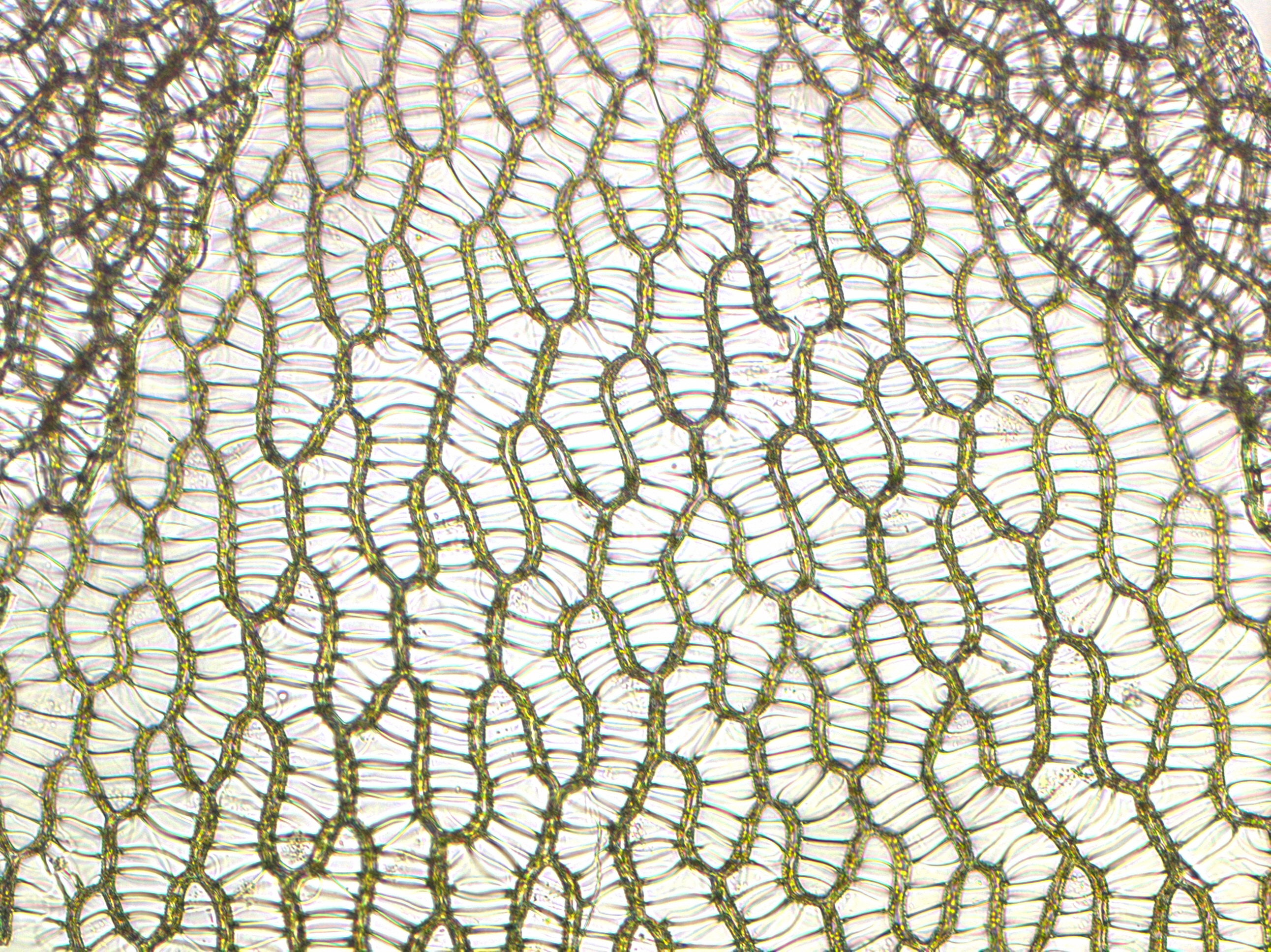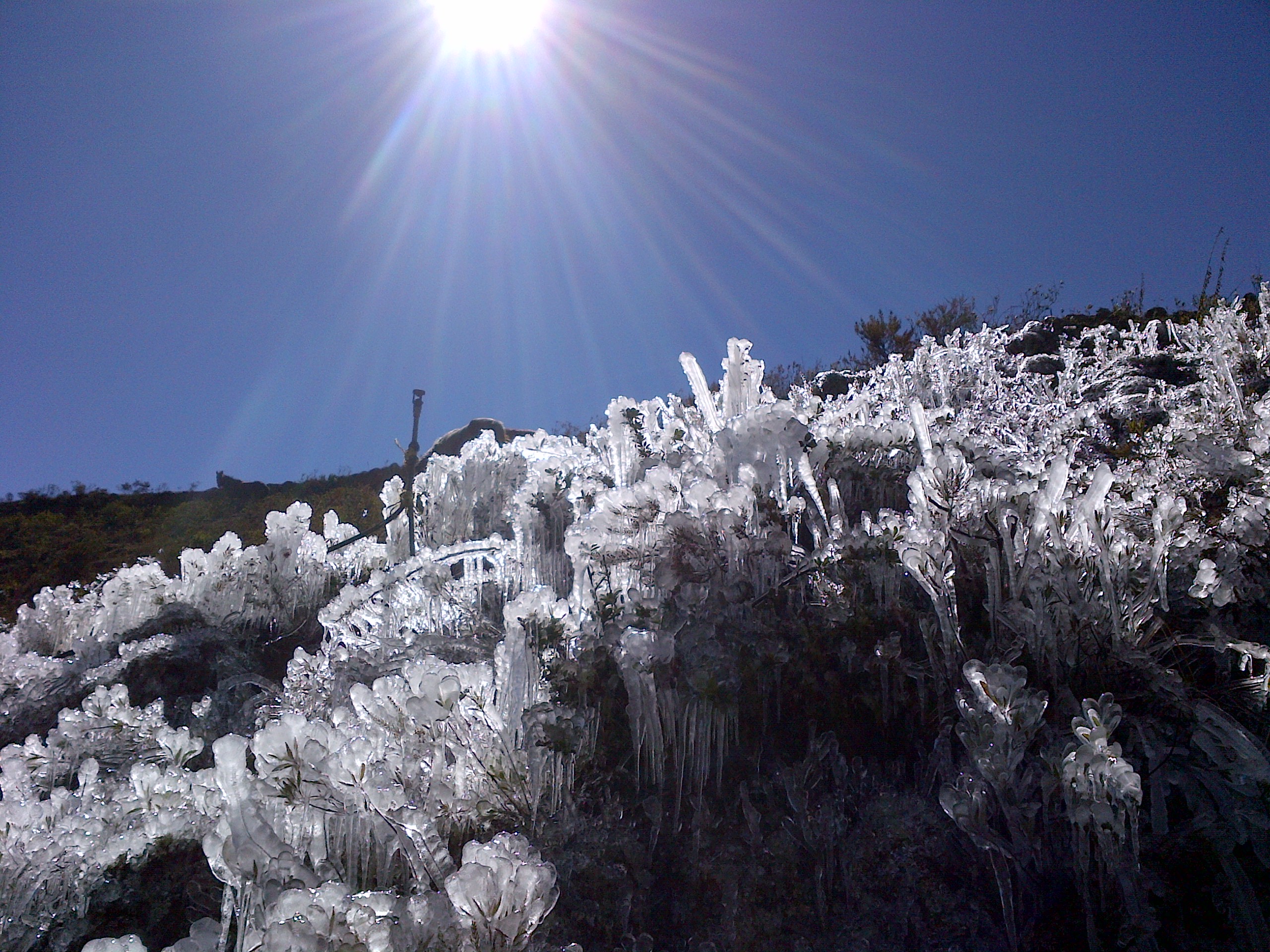|
Bofedal
Bofedales (singular ''bofedal''), known in some parts of Peru as oconales, are a type of wetland found in the Andes. They feature in the land use and ecology of high Andean ecosystems. They form in flat areas around ponds or streams and may be permanent or seasonal, and they can be man made or natural. Bofedales are associated with organic material in the soil and their green colour often contrasts with that of the drier surrounding landscape. They are found at elevations exceeding above sea level. Bofedales absorb the limited amount of water derived from snow, glacier meltwater and rain showers, storing it in ground and slowly releasing it. Their vegetation is dominated by cushion plants. Numerous animals including birds, mammals and invertebrates occur in bofedales. They are used by humans, who have created new such wetlands through irrigation, but human activities can also be a threat to these ecosystems. Name and classification is the singular term; the plural is . The Qu ... [...More Info...] [...Related Items...] OR: [Wikipedia] [Google] [Baidu] |
New Guinea
New Guinea (; Hiri Motu: ''Niu Gini''; , fossilized , also known as Papua or historically ) is the List of islands by area, world's second-largest island, with an area of . Located in Melanesia in the southwestern Pacific Ocean, the island is separated from Mainland Australia, Australia by the wide Torres Strait, though both landmasses lie on the same continental shelf, and were united during episodes of low sea level in the Pleistocene glaciations as the combined landmass of Sahul. Numerous smaller islands are located to the west and east. The island's name was given by Spanish explorer Yñigo Ortiz de Retez during his maritime expedition of 1545 due to the perceived resemblance of the indigenous peoples of the island to those in the Guinea (region), African region of Guinea. The eastern half of the island is the major land mass of the nation of Papua New Guinea. The western half, known as Western New Guinea, forms a part of Indonesia and is organized as the provinces of Pap ... [...More Info...] [...Related Items...] OR: [Wikipedia] [Google] [Baidu] |
Little Ice Age
The Little Ice Age (LIA) was a period of regional cooling, particularly pronounced in the North Atlantic region. It was not a true ice age of global extent. The term was introduced into scientific literature by François E. Matthes in 1939. Matthes described glaciers in the Sierra Nevada (U.S.), Sierra Nevada of California that he believed could not have survived the hypsithermal; his usage of "Little Ice Age" has been superseded by "Neoglaciation". The period has been conventionally defined as extending from the 16th to the 19th centuries, (noted in Grove 2004: 4). but some experts prefer an alternative time-span from about 1300 to about 1850. The NASA Earth Observatory notes three particularly cold intervals. One began about 1650, another about 1770, and the last in 1850, all of which were separated by intervals of slight warming. The Intergovernmental Panel on Climate Change IPCC Third Assessment Report, Third Assessment Report considered that the timing and the areas affecte ... [...More Info...] [...Related Items...] OR: [Wikipedia] [Google] [Baidu] |
Deglaciation
Deglaciation is the transition from full glacial conditions during ice ages, to warm interglacials, characterized by global warming and sea level rise due to change in continental ice volume. Thus, it refers to the retreat of a glacier, an ice sheet or frozen surface layer, and the resulting exposure of the Earth's surface. The decline of the cryosphere due to ablation can occur on any scale from global to localized to a particular glacier. After the Last Glacial Maximum (ca. 21,000 years ago), the last deglaciation begun, which lasted until the early Holocene. Around much of Earth, deglaciation during the last 100 years has been accelerating as a result of climate change, partly brought on by anthropogenic changes to greenhouse gases. The previous deglaciation took place from approximately 22 ka until 11.5 ka. This occurred when there was an annual mean atmospheric temperature on the earth that increased by roughly 5 °C, which was also accompanied by regional hig ... [...More Info...] [...Related Items...] OR: [Wikipedia] [Google] [Baidu] |
Holocene
The Holocene () is the current geologic time scale, geological epoch, beginning approximately 11,700 years ago. It follows the Last Glacial Period, which concluded with the Holocene glacial retreat. The Holocene and the preceding Pleistocene together form the Quaternary period. The Holocene is an interglacial period within the ongoing Ice age, glacial cycles of the Quaternary, and is equivalent to Marine isotope stages, Marine Isotope Stage 1. The Holocene correlates with the last maximum axial tilt towards the Sun of the Earth#Axial tilt and seasons, Earth's obliquity. The Holocene corresponds with the rapid proliferation, growth, and impacts of the human species worldwide, including Recorded history, all of its written history, technological revolutions, development of major civilizations, and overall significant transition towards urban culture, urban living in the present. The human impact on modern-era Earth and its ecosystems may be considered of global significance for th ... [...More Info...] [...Related Items...] OR: [Wikipedia] [Google] [Baidu] |
Sphagnum
''Sphagnum'' is a genus of approximately 380 accepted species of mosses, commonly known as sphagnum moss, also bog moss and quacker moss (although that term is also sometimes used for peat). Accumulations of ''Sphagnum'' can store water, since both living and dead plants can hold large quantities of water inside their cells; plants may hold 16 to 26 times as much water as their dry weight, depending on the species.Bold, H. C. 1967. Morphology of Plants. second ed. Harper and Row, New York. p. 225–229. The empty cells help retain water in drier conditions. As ''Sphagnum'' moss grows, it can slowly spread into drier conditions, forming larger mires, both raised bogs and blanket bogs. Thus, ''Sphagnum'' can influence the composition of such habitats, with some describing ''Sphagnum'' as 'habitat manipulators' or 'autogenic ecosystem engineers'. These peat accumulations then provide habitat for a wide array of peatland plants, including sedges and Calcifuge, ericaceous shrubs, as ... [...More Info...] [...Related Items...] OR: [Wikipedia] [Google] [Baidu] |
Organic Matter
Organic matter, organic material or natural organic matter is the large source of carbon-based compounds found within natural and engineered, terrestrial, and aquatic environments. It is matter composed of organic compounds that have come from the feces and remains of organisms such as plants and animals. Organic molecules can also be made by chemical reactions that do not involve life. Basic structures are created from cellulose, tannin, cutin, and lignin, along with other various proteins, lipids, and carbohydrates. Organic matter is very important in the movement of nutrients in the environment and plays a role in water retention on the surface of the planet. Formation Living organisms are composed of organic compounds. In life, they secrete or excrete organic material into their environment, shed body parts such as leaves and roots and after organisms die, their bodies are broken down by bacterial and fungal action. Larger molecules of organic matter can be formed from t ... [...More Info...] [...Related Items...] OR: [Wikipedia] [Google] [Baidu] |
Peat
Peat is an accumulation of partially Decomposition, decayed vegetation or organic matter. It is unique to natural areas called peatlands, bogs, mires, Moorland, moors, or muskegs. ''Sphagnum'' moss, also called peat moss, is one of the most common components in peat, although many other plants can contribute. The biological features of sphagnum mosses act to create a habitat aiding peat formation, a phenomenon termed 'habitat manipulation'. Soils consisting primarily of peat are known as histosols. Peat forms in wetland conditions, where flooding or stagnant water obstructs the flow of oxygen from the atmosphere, slowing the rate of decomposition. Peat properties such as organic matter content and saturated hydraulic conductivity can exhibit high spatial heterogeneity. Peatlands, particularly bogs, are the primary source of peat; although less common, other wetlands, including fens, pocosins and peat swamp forests, also deposit peat. Landscapes covered in peat are home to sp ... [...More Info...] [...Related Items...] OR: [Wikipedia] [Google] [Baidu] |
Growing Season
A season is a division of the year marked by changes in weather, ecology, and the amount of daylight. The growing season is that portion of the year in which local conditions (i.e. rainfall, temperature, daylight) permit normal plant growth. While each plant or crop has a specific growing season that depends on its genetic adaptation, growing seasons can generally be grouped into macro-environmental classes. Axial tilt of the Earth inherently affect growing seasons across the globe. Geography Geographic conditions have major impacts on the growing season for any given area. Latitude is one of the major factors in the length of the growing season. The further from the equator one goes, the angle of the Sun gets lower in the sky. Consequently, sunlight is less direct and the low angle of the Sun means that soil takes longer to warm during the spring months, so the growing season begins later. The other factor is altitude, with high elevations having cooler temperatures which short ... [...More Info...] [...Related Items...] OR: [Wikipedia] [Google] [Baidu] |
Frost
Frost is a thin layer of ice on a solid surface, which forms from water vapor that deposits onto a freezing surface. Frost forms when the air contains more water vapor than it can normally hold at a specific temperature. The process is similar to the formation of dew, except it occurs below the freezing point of water typically without crossing through a liquid state. Air always contains a certain amount of water vapor, depending on temperature. Warmer air can hold more than colder air. When the atmosphere contains more water than it can hold at a specific temperature, its relative humidity rises above 100% becoming supersaturated, and the excess water vapor is forced to deposit onto any nearby surface, forming seed crystals. The temperature at which frost will form is called the dew point, and depends on the humidity of the air. When the temperature of the air drops below its dew point, excess water vapor is forced out of solution, resulting in a phase change directly fro ... [...More Info...] [...Related Items...] OR: [Wikipedia] [Google] [Baidu] |
Oxygen
Oxygen is a chemical element; it has chemical symbol, symbol O and atomic number 8. It is a member of the chalcogen group (periodic table), group in the periodic table, a highly reactivity (chemistry), reactive nonmetal (chemistry), nonmetal, and a potent oxidizing agent that readily forms oxides with most elements as well as with other chemical compound, compounds. Oxygen is abundance of elements in Earth's crust, the most abundant element in Earth's crust, making up almost half of the Earth's crust in the form of various oxides such as water, carbon dioxide, iron oxides and silicates.Atkins, P.; Jones, L.; Laverman, L. (2016).''Chemical Principles'', 7th edition. Freeman. It is abundance of chemical elements, the third-most abundant element in the universe after hydrogen and helium. At standard temperature and pressure, two oxygen atoms will chemical bond, bind covalent bond, covalently to form dioxygen, a colorless and odorless diatomic gas with the chemical formula ... [...More Info...] [...Related Items...] OR: [Wikipedia] [Google] [Baidu] |






